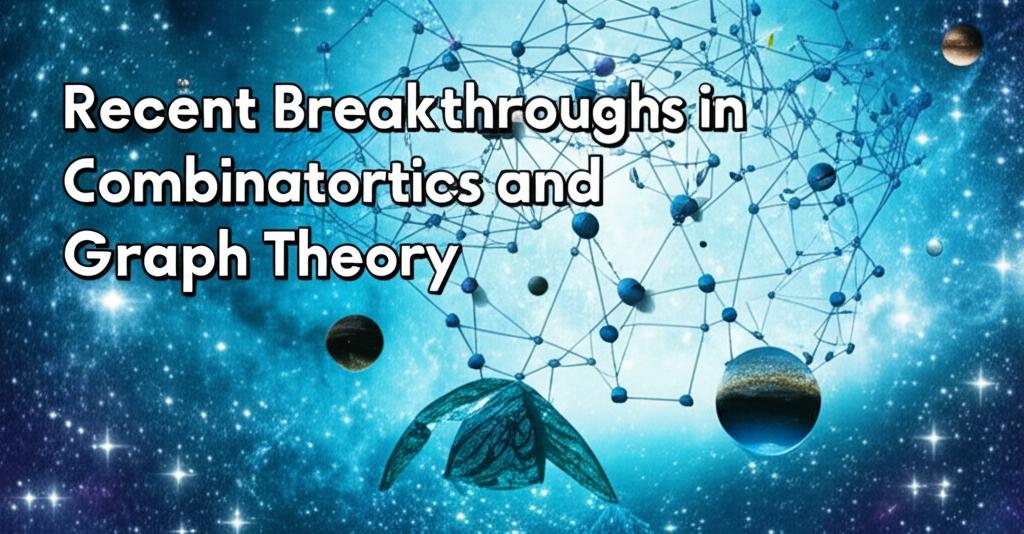The fields of combinatorics and graph theory remain vibrant areas of mathematical research, continually yielding fresh insights and solutions to long-standing problems. Recent years, particularly 2023, have seen remarkable progress, driven by novel techniques and the resolution of significant conjectures.
One of the most celebrated breakthroughs occurred in Ramsey theory. Ramsey numbers represent the minimum size a structure (like a graph) must attain to guarantee the appearance of a specific substructure (like a complete subgraph, or clique). For decades, the bounds on these numbers had seen only incremental improvements. In 2023, mathematicians achieved the first exponential improvement on the upper bound for the diagonal Ramsey number R(t,t) since the 1930s, showing R(t,t) is less than (4-ε)^t for some constant ε > 0. This was quickly followed by another major result determining the asymptotic value for the off-diagonal Ramsey number R(4,t), proving it grows cubically with t. These advances significantly sharpen our understanding of how order inevitably emerges from chaos in large systems.
Extremal combinatorics, which studies the maximum or minimum size of discrete structures satisfying certain conditions, has also seen substantial activity. A notable 2023 result provided a much-improved upper bound for the size of sets of integers that do not contain any three-term arithmetic progressions (like 3, 8, 13). This breakthrough came from computer scientists using novel approaches. Progress has also been reported on other classical problems, such as the Sunflower Conjecture, related to families of sets with intersecting properties, leveraging new techniques like the polynomial method and advancements in absorption methods. These methods have proven powerful in tackling problems concerning the existence and structure of combinatorial objects.
In graph theory, the development and application of new techniques continue to expand its reach. Graph Neural Networks (GNNs) have emerged as a powerful tool, enabling machine learning directly on graph-structured data. This has led to advancements in areas like node classification, link prediction, and community detection within complex networks, finding applications in social network analysis, bioinformatics, and more. Progress in graph embedding techniques allows for representing nodes or entire graphs as vectors in lower-dimensional spaces, enhancing various analytical tasks. Furthermore, spectral graph theory, which uses eigenvalues of matrices associated with graphs, continues to provide deep insights into graph properties and has seen refinements connecting it closely with extremal problems. The study of temporal graphs, which evolve over time, is also gaining traction, allowing for better modeling and prediction in dynamic systems.
Structural graph theory is advancing our understanding of graph properties related to their connectivity, coloring, and decomposition. Recent work includes new results on graph coloring, such as determining the fractional chromatic number for specific graph classes like subcubic triangle-free graphs. Research continues on understanding graph structure through forbidden subgraphs and tree decompositions, with new theorems providing deeper insights into the relationship between local properties and global graph structure.
Across both combinatorics and graph theory, probabilistic methods remain a vital tool, providing powerful techniques for proving existence theorems and analysing the properties of random structures. The interplay between deterministic and random approaches continues to be a fruitful area of research.
Overall, combinatorics and graph theory are experiencing a period of exciting growth. Landmark results on fundamental problems, coupled with the development of powerful new computational and theoretical tools, demonstrate the enduring relevance and dynamism of these fields. Connections to other areas like computer science, number theory, and geometry continue to drive innovation and open new avenues for exploration.

